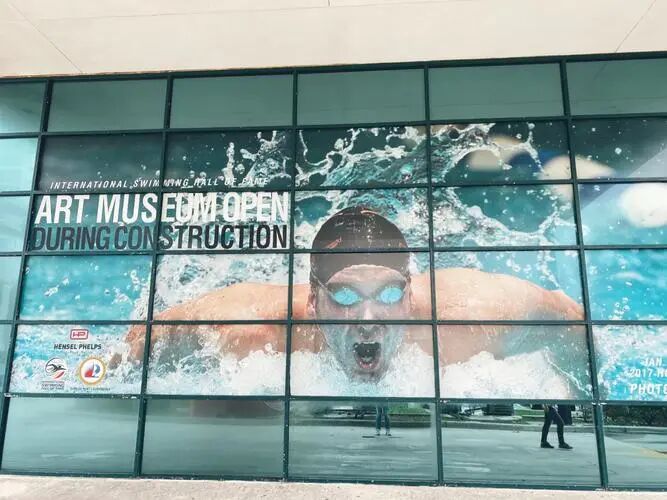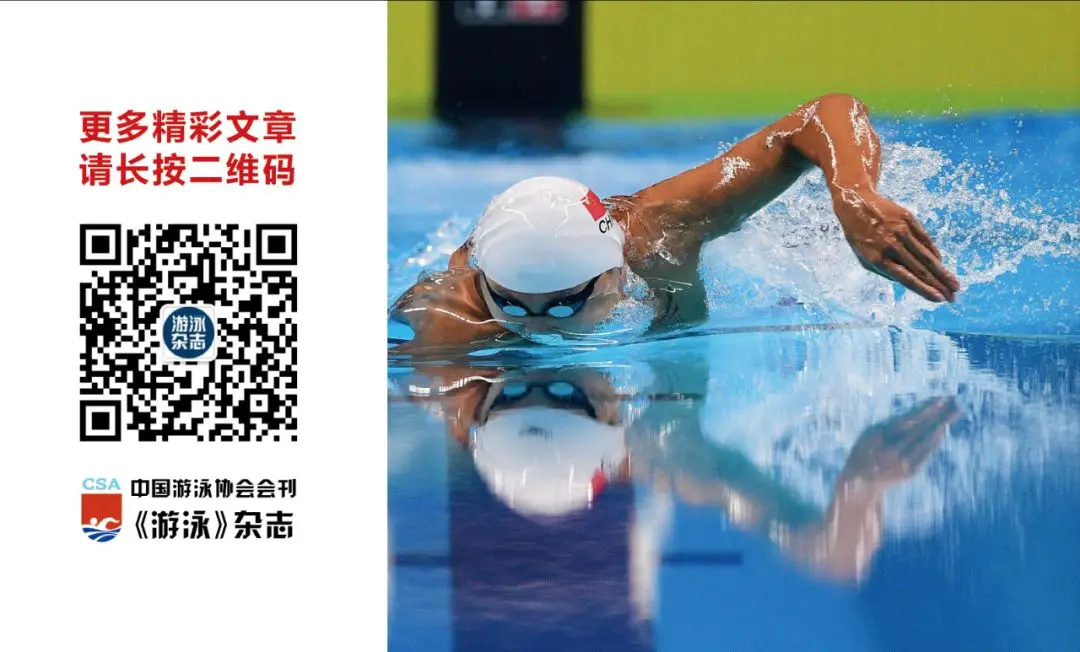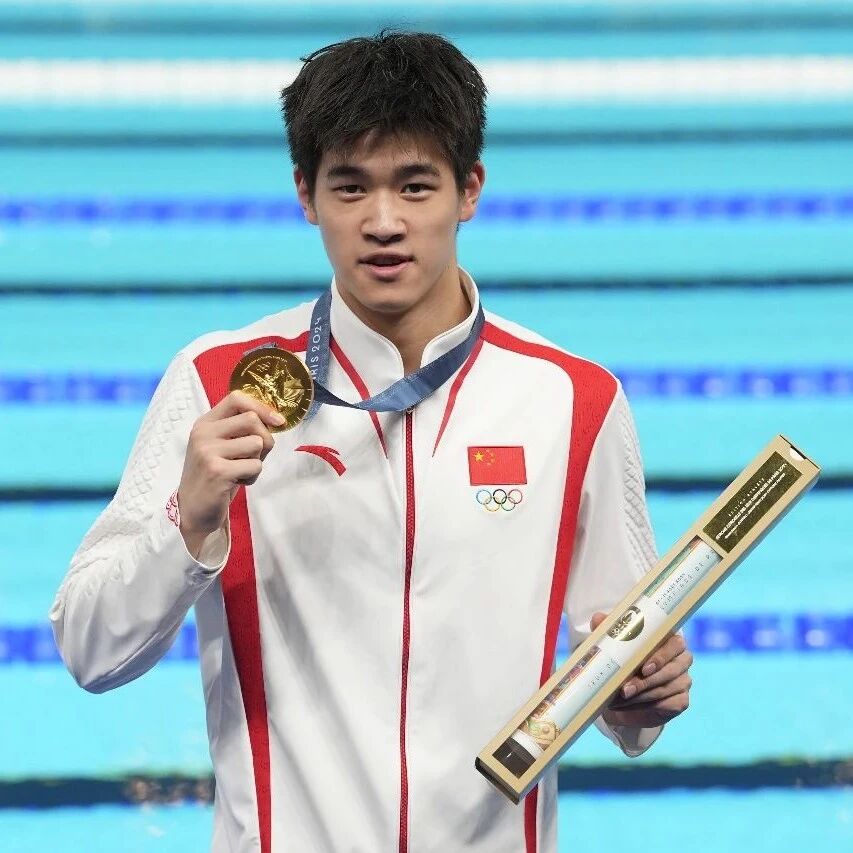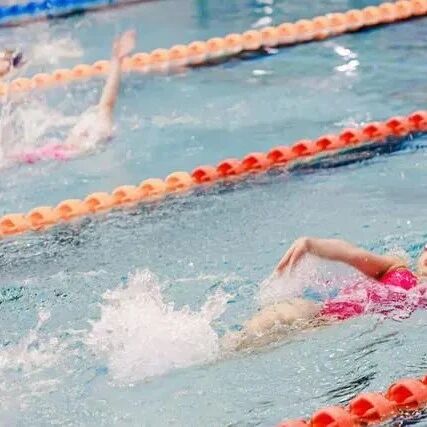Swimming History | The U.S. Forms Its First Olympic Swimming National Team: An Impossible Mission



An Austrian became the first-ever Olympic swimming coach in the United States. The 23-year-old Austrian won two silver medals for Austria at the 1900 Paris Olympics. When he immigrated to America in 1901, he felt it was his mission to make swimming an integral part of American culture. Born and raised in Vienna, Otto Wahle—pronounced "Wally"—had turned to swimming as a way to defy anti-Semitism, which had barred Jews like him from joining various sports organizations. Deeply hurt by the cruel prejudice that devalued Jewish people, Wahle rose to become one of Austria’s top swimmers. Through this sport, he not only transcended his own challenging circumstances but also found a profound sense of dignity—a success that inspired him to empower others with the same opportunity.
Recognizing the potential of swimming as a social force he had observed in Austria, Walle resolved to make swimming the world’s most successful sport in the United States. His determination was further strengthened when he learned about the devastating hurricane that had leveled the thriving city of Galveston, Texas—leaving behind as many as 12,000 bodies piled up along the beaches, many of whom might have survived if they had known how to swim.
Shortly after arriving in the United States, Waller competed as an athlete in the All-American Swimming Championships held in the muddy lake at the 1901 Buffalo World’s Fair. While England’s annual swimming championships drew nearly 100,000 spectators at the time, this American event attracted only a handful of curious onlookers—many of whom seemed far more intrigued by whether the ducks in the lake might interfere with the swimmers than by the actual outcome of the competition. Back then, when the front crawl hadn’t yet been invented, only two American champions knew how to swim according to official competition standards. Both had been trained by former British champions living in the U.S. At the time, America also lacked standardized swimming rules and stroke techniques, let alone a governing body like England’s Amateur Swimming Association. In fact, in many events, Waller was shocked to find that competitors were informed solely about the number of medals up for grabs—without even being told their individual race times. And the American meet records set during these competitions were so slow they defied belief. Remarkably, Waller’s own performances, which earned him new American records at these championships, wouldn’t have even placed him among the top three at England’s elite swimming meets of the era.
Six months later, based on England's swimming rules handbook, Weller wrote an official U.S. version of the swimming rules manual. The current state of swimming in America was even worse than Weller had imagined. Assembling a national swimming team seemed like an impossible task.
In 1904, Weller found the 19-year-old, slender, and quiet Daniels in Charles. At the time, Daniels couldn’t even swim properly—and certainly didn’t seem likely to become a swimming champion. Yet he possessed an unrelenting drive, determined to work hard and restore his family’s honor by striving to win the title himself. The two soon joined New York’s Swimming Athletic Club as unofficial members: Weller, because he was Jewish, and Daniels, due to his family’s tarnished reputation.
Over the next decade, they trained together. Daniels won the first-ever gold medal in swimming in 1904, pioneering the freestyle stroke. Together, Weller and Daniels helped form the U.S. Olympic swimming team. In 1912, Weller became the first American to serve as an Olympic swimming coach. Daniels held the record for most Olympic medals until it was surpassed in 1972 by Mark Spitz, who claimed seven Olympic medals.
Written by Wang Zhuo, He Jin, Wang Li, and Guan Zhixun (Zhejiang Normal University)

Chongqing Stop of the National Youth Swimming U-Series Competition: Foshan Young Athlete Wins 3 Golds and 3 Silvers


Related Articles

Twenty-nine athletes, including Pan Zhanle, Wang Chuchen, and Zheng Qinwen, have been awarded the National May Day Labor Medals.

"Rising Stars" Unite! Over 300 Young Second-Graders in Shanghai Compete in the Pool for the "Seedling Cup"
